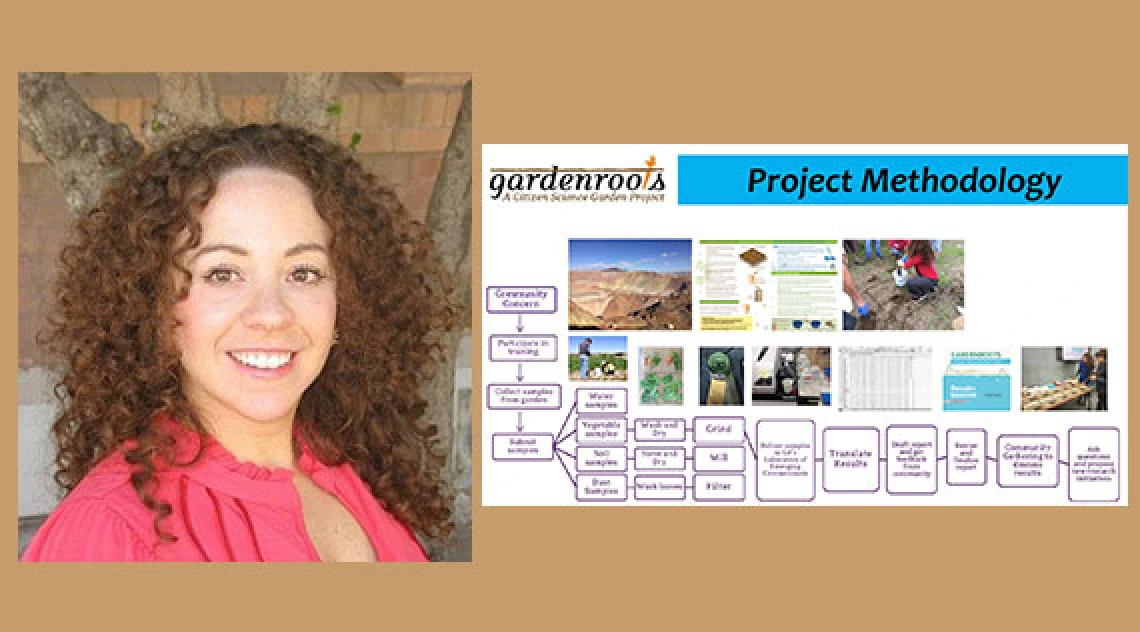Gardenroots in Superior, Arizona: A Community Partnership Formed by Shared Environmental Heath Concern

 Community members in Superior, Arizona, collected and sent in water, soil and dust samples in August 2019 as part of a community movement to understand the environmental impact that past mining has on their area. This community involvement is thanks to the partnership formed between the Concerned Citizens & Retired Miners Coalition in Superior and Dr. Monica Ramirez-Andreotta with the University of Arizona Superfund Research Project (UA SRP).
Community members in Superior, Arizona, collected and sent in water, soil and dust samples in August 2019 as part of a community movement to understand the environmental impact that past mining has on their area. This community involvement is thanks to the partnership formed between the Concerned Citizens & Retired Miners Coalition in Superior and Dr. Monica Ramirez-Andreotta with the University of Arizona Superfund Research Project (UA SRP).
Superior, a mining town in Pinal County known for the Silver Queen and later the Magma mines, reached out to UA SRP in early 2018 with concerns about their soil and air quality. After a few initial teleconferences, Ramirez-Andreotta co-organized and co-hosted a three-part “Environmental Health and Mining Series” with the Concerned Citizens & Retired Miners Coalition to present three topics: “Mining Activities and Soil Quality” by Drs. Ramirez-Andreotta and Brusseau on July 25, 2018, “Impacts of Mining Operations and Air Quality” by Eduardo Saez on August 22, 2018, and “Impacts of Mining Operations and Water Quality” by Janick Artiola on September 26, 2018.
This educational and engagement effort led to a new partnership; after Ramirez-Andreotta attended five quarterly meetings with the Coalition, community members requested Gardenroots: A Citizen Science Garden Project in Superior.
“It is an incredible honor to be working with such a passionate group of concerned citizens and retired miners who want the younger generations and new families moving into the area to be aware of the mining legacy and potential for environmental exposure,” says Ramirez-Andreotta.
And so, with support from UA SRP, the Arizona Technology Research Initiative Funds provided through the Water, Environmental, and Energy Solutions Initiative, and a small seed grant from the University of Arizona’s College of Agriculture and Life Sciences, Ramirez-Andreotta hosted a community training on how to properly collect water, soil and dust samples and distributed sampling kits in July 2019. A total of 19 community samples were returned for metal(loid) analyses on August 24, 2019.
Students in the Ramirez-Andreotta and Saez/Betterton lab will work together to prepare and process the samples. Following the Gardenroots methodology and tradition, once the samples are successfully prepared, analyzed and interpreted/translated, all the results will be shared with the participating community members.

